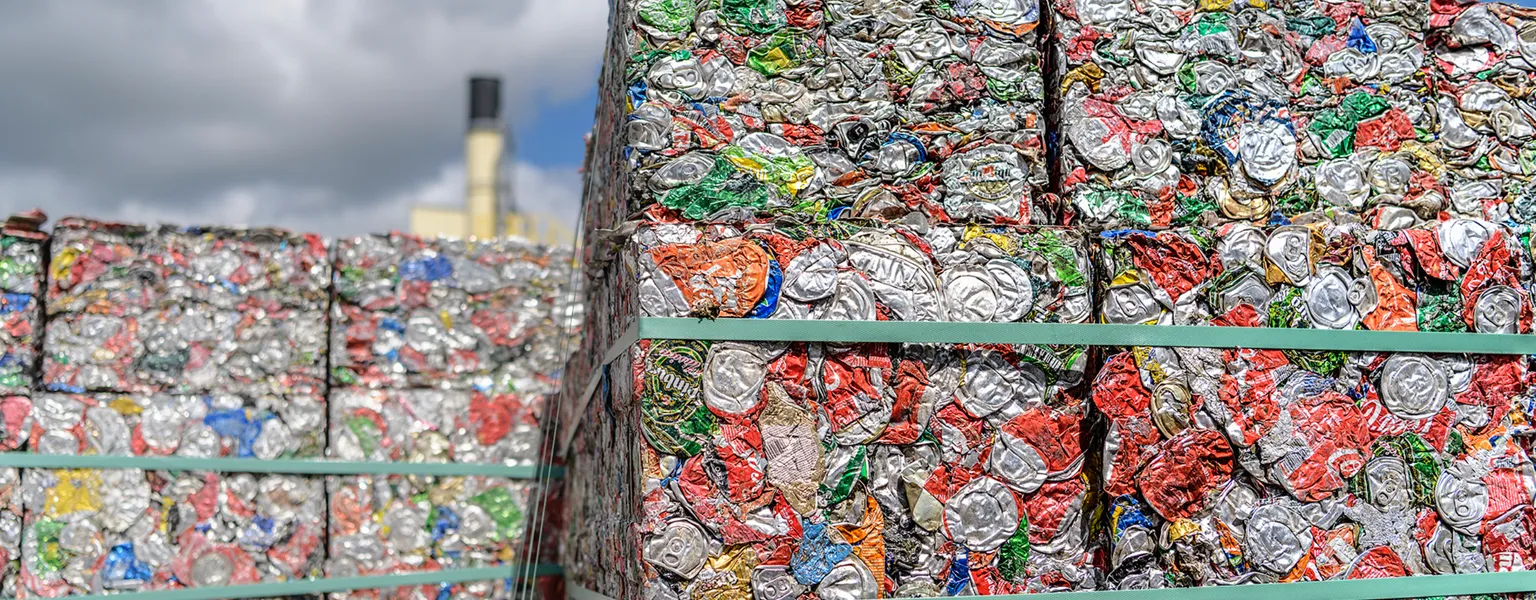UK: Aluminium packaging recycling soars in Q2

Sustainability
Recent data from the Environment Agency's National Packaging Waste Database (NPWD) reveals a remarkable surge in aluminium packaging recycling volumes during Q2. Compared to the same period in 2022, the industry witnessed an impressive 5% increase, propelling it closer to exceeding this year's recycling targets.
In Q2 2023, a total of 38,829 tonnes of aluminium packaging were collected for recycling. Of this volume, 26,749 tonnes were efficiently recycled through kerbside, bring, and on-the-go systems, accounting for 69% of the total volume and reflecting a 5% year-on-year increase. Additionally, 11,791 tonnes were recovered from incinerator bottom ash (IBA), marking a substantial 5% increase compared to 2022.
The year's cumulative total, so far, stands at 79,922 tonnes, which represents 58% of the volume required to surpass the annual recycling target. Impressively, the market is already tracking 11% ahead compared to last year, indicating a promising trajectory that could achieve record recycling rates if momentum is sustained.
Tom Giddings, executive director of Alupro, commented: It’s encouraging to share such positive recycling figures for the second quarter of 2023. We’re significantly ahead of 2022 volumes and look set to maintain this progress well into the second half of the year.
However, despite excellent recycling rates, PRN prices remain abnormally high – a dichotomy that undermines aluminium’s sustainability credentials and directly impacts packaging users who are often perplexed by the erratic cost of compliance.
If we’re not careful, skewed pricing will also drive an unnecessary increase in the volume of post-consumer material sent for recycling overseas, alongside a drop in demand from the domestic market. Moving forward, greater transparency in packaging waste recycling is therefore essential.
Following further delays to EPR reform, it’s clear that addressing the PRN system should be our number one priority. While it has delivered upon its initial objectives, the system is now dated and frankly unsuitable for purpose – inflated prices despite strong recycling volumes perfectly demonstrate this.
We don’t need yet another consultation, we need action. This will prove pivotal in further driving recycling rates, as well as transitioning towards a more circular economy.
This article was originally published by Alupro.
Related News
-
Sustainability
Amcor collaborates with industry leaders for Danish food packaging recycling project
-
Business
Packaging in 2025: what shaped the year
-
Supplier News
Faller Packaging: sustainable packaging solutions at Pharmapack in Paris
-
Supplier News
Amcor enhances recycle-ready beauty dispensing portfolio with Grace actuator
-
Business
Tetra Pak and García Carrión launch 'world-first' paper-based barrier for juice packaging




